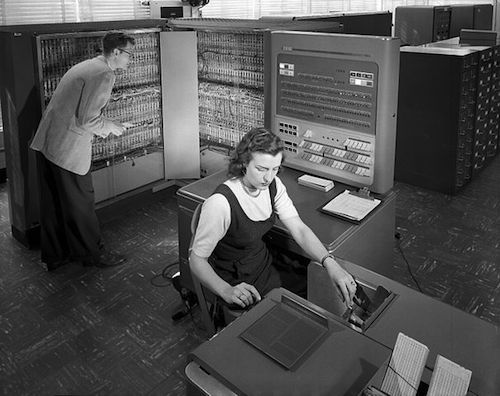For Artificial Intelligence, Humor Is a Bridge Too Far

Thoughtful reader Paul comments on Erik Larson’s post “Yes, ‘We’ve Been Wrong About Robots Before,’ and We Still Are“:
The article reminded me of an exercise in one of my first programming books that made me aware of the limits of computers and AI. I’ve forgotten the author of the book, but the problem was something like the following: “Write a program that takes in a stream of characters that represent a joke, reads the input and decides whether it’s funny or not.”
It’s a prefect illustration of Erik’s statement, “Interestingly, where brute computation and big data fail is in surprisingly routine situations that give humans no difficulty at all.” Even when my grandchildren were very young I marveled at how they grasped the humor of a joke, even a subtle one.
Yes, when a computer can identify, tell, or — even better — come up with a good joke, I’ll look a little less skeptically on claims of machines soon surpassing us other than in, as Erik Larson writes, “brute-force computation of circumscribed tasks.”
Image: IBM type 704 electronic data processing machine, 1957/Wikipedia.
